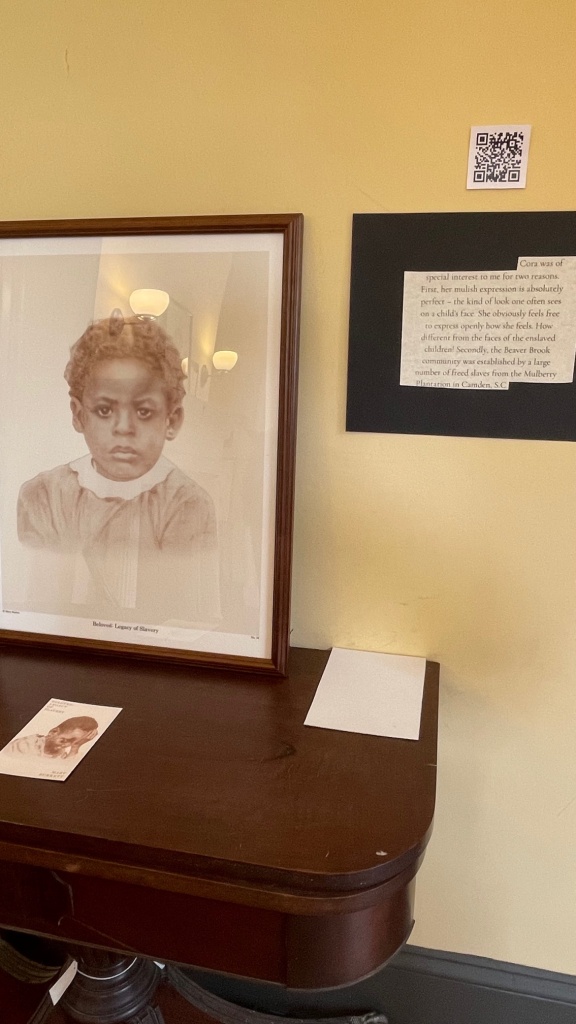




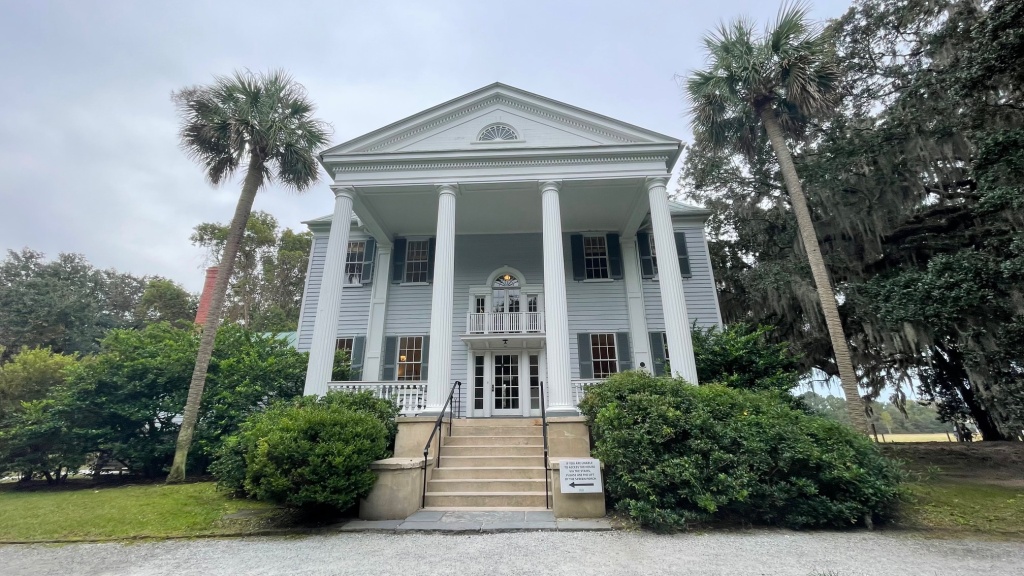

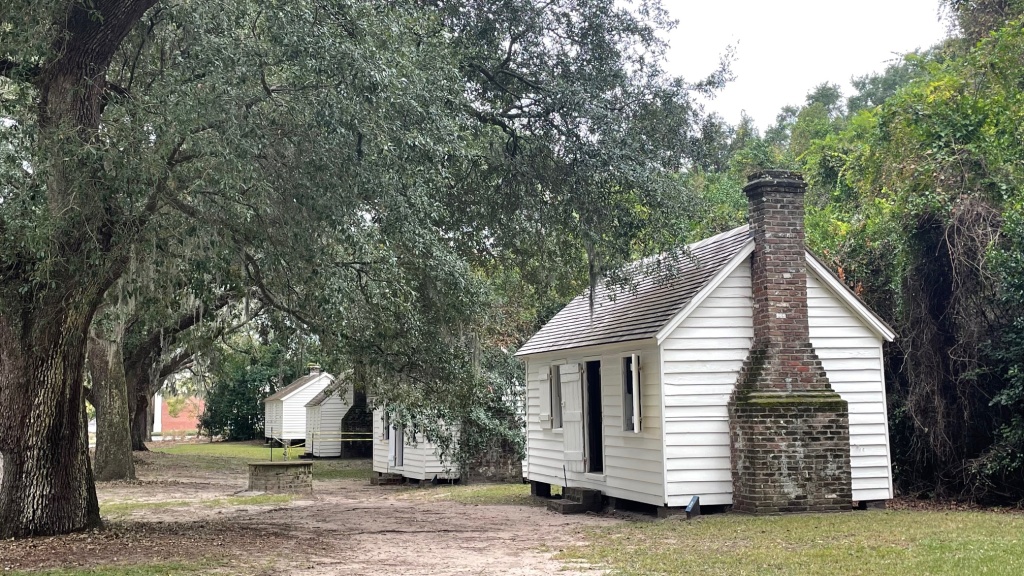



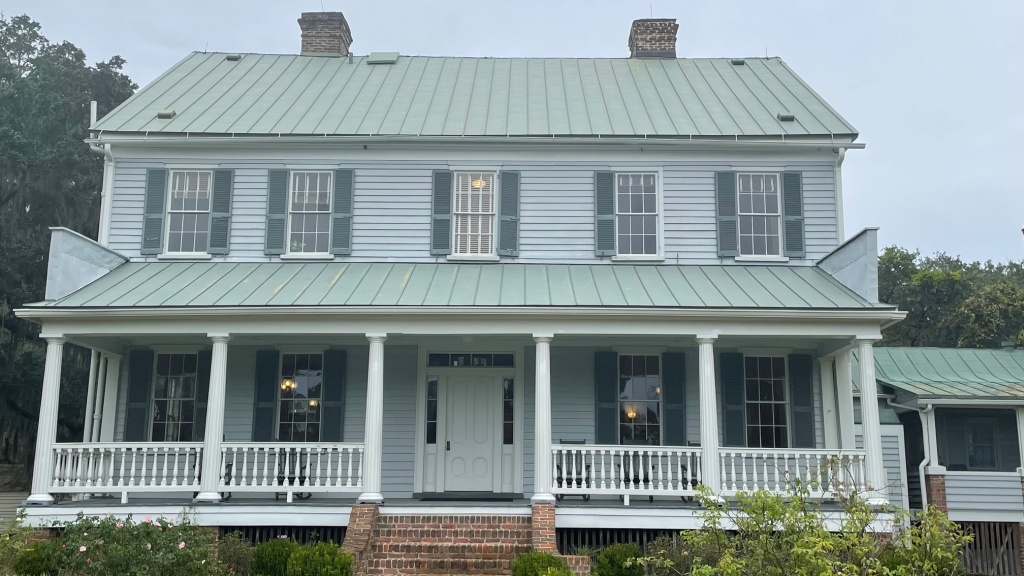
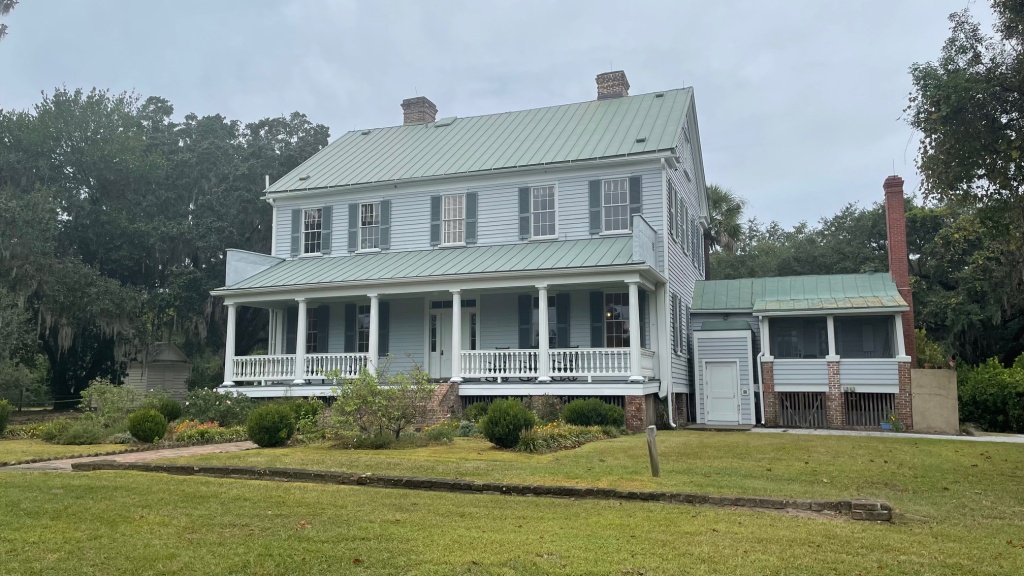
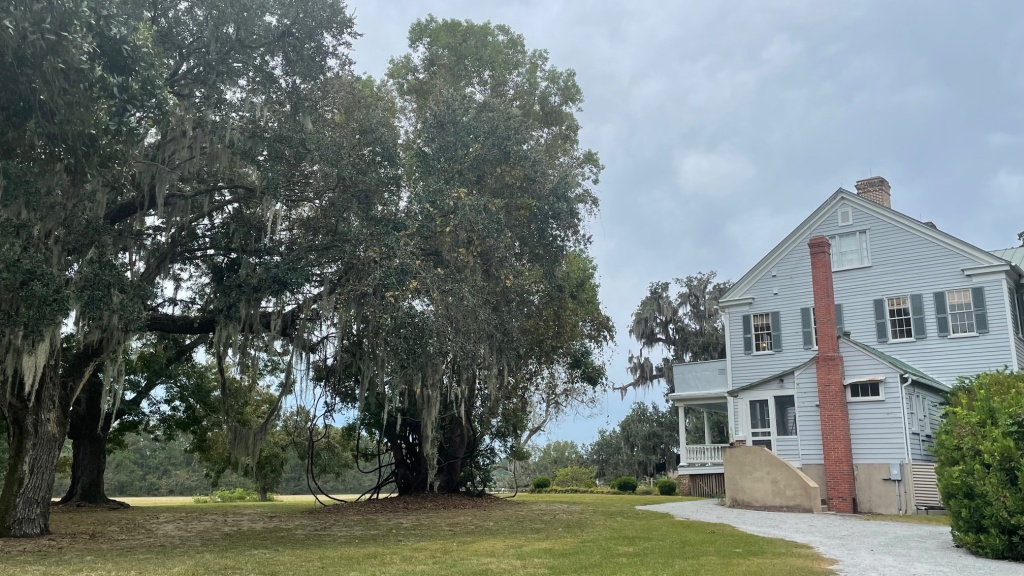


Camera: iPhone 12
Location: McLeod Plantation Historic Site ; Charleston, South Carolina
“Similar to the past’s effects on people, I believe that places with a history to them do leave an imprint to cause different emotions to bubble to the surface based on what occurred in those places.”
Similar to the past’s effects on people, I believe that places with a history to them do leave an imprint to cause different emotions to bubble to the surface based on what occurred in those places. People are often affected or morphed by what happened in their past though they are not defined by the past alone. The same could be said for those places you visit who spark up powerful emotions within us based on what happened there during its usage by people. However, when you visit a place that is a couple of decades old or even hundreds or thousands of years old, it leaves a mark on the visitor where you can feel the actual ‘weight’ of that place based on the history of what occurred there.
For some examples, places like Disneyworld, Universal Studios, or your average local street fair or amusement park, which elicit emotions out of us such as joy, wonder, excitement, and general happiness. In a similar way, your average local restaurant, community center, or place of religious worship tend to give off those same positive emotions based on their shared history of bringing people together for a common cause or common purpose.
However, you also have the opposite in terms of certain places in the world where you can feel the several mixed emotions that can arise from visiting there such as a historic fort or a castle or a battlefield. Where two sides fought to the death, there is a lot of pain, tragedy, and regret but also there are emotions surrounding the victory, triumph, or even the thrill of survival that would emerge from such places. A few examples from my own life that I could cite include the beaches and military cemeteries in the Normandy region of France, the expensive battlefield of Gettysburg during the American Civil War, and the grasslands that cover the previous battlefield of Waterloo during the Napoleonic Wars in Belgium.
There are also a few places in the world which involve such universal pain and human suffering that the weight of being there to witness the places in person where atrocities against people no different from you and I occurred can be almost overwhelming in terms of the emotional pain. To see the concentration camps of Auschwitz in Poland or Dachau in Germany and to also be on the grounds of a plantation where enslaved men, women, and children had their futures and freedom stolen from them to be used as expendable economic tools can make you sick to your stomach.
Such vile places need to be seen to be believed but you can feel the emotional weight of being there to know that dozens, hundreds, or thousands of people were brutally treated, beaten, or even murdered there can chill your spine while you’re there. While it can be difficult to go out of one’s way to visit such dark places where the worst of people is on display, we must go to such places despite the negative emotions you’ll feel while being there to prevent new places like that from ever popping up again in our world.
We must not only focus on those places that give us a sense of joy and happiness but recognize that we have to also go to those places that are infamous for their cruelty, hatred, and pain as well. There is a duality in terms of humanity that we have to reckon with in that we can better appreciate the good in life but realizing that there is also the ugly side to human nature that has been controlled and held in check whenever possible.
It is not just to feel the emotional weight of going to places where slavery, murder, torture, and pain were a daily occurrence for the men, women, and children who experienced it but to also realize that you need to pay witness to such places to make sure that we witness them in person so that other people cannot deny that those places even exist or that any evil did not happen there. By paying witness, we commit ourselves to the need to defend against such horrible places popping up in the future and by also instructing the next generations of young people about what happened there and why such places are left intact for them to visit. It would be great to demolish any mention of a plantation, a concentration camp, or even a battlefield but to do so would to be creating a sense of whitewashing the past and making it easier for such atrocities or violations against humanity from happening again in the future. We cannot risk the history being wiped away, which includes getting rid of any physical semblance of those places or the information, research, and facts along with it.
Now, I’m not saying you should go out of your way to visit historically traumatic places, but we need to be on our guard against those people who would deny that those places ever existed or what atrocities were committed there. I think this is especially important for students of different ages when they are old enough to go on class trips to such battlefields, plantations, concentration camps to witness the worst of humanity so that we can better ensure that ‘history does not repeat itself.’ It is not easy to convince parents or teachers of the utility of such visits, but part of life is realizing that not every place is like Disneyworld, and we have to understand the importance of highlighting the weight of places, both good and bad, and not ignoring one or the other.
One trip to such traumatic places is good enough as it can be deeply disturbing for people to go there and see the photos, watch the videos, and see the physical evidence of such atrocities in person. Such visits should be done with respect, attention, and long enough where the full impact of the emotional weight can be felt by those visitors. Most folks will never forget what emotions they were feeling when they were there and about hearing the history be brought to life for them so they realize it is not such pictures or information on pages in a book but real places in the world that we can point to and are being preserved.
For as long as I live, I will always remember the winter chill of being inside the gates of what was Auschwitz death camp in southern Poland and seeing the camps that stretched for what looked like miles. It was brutally cold, and snow covered the ground. You can only imagine how the innocent men, women, and children there would freeze to death in such conditions while they were huddled together in the bunks of those camps to keep warm while they were given barely any clothing, food, or water. The elderly Polish woman emphasized to us the importance of remembering what we witness on our tour of the death camps and how the people who don’t visit Auschwitz will also deny there ever was a Holocaust or that this camp even existed.
She made it clear to us that we as visitors and the entire world have the responsibility to make sure another Auschwitz never happens again because sadly, as she noted, it can happen again and has happened in other parts of the world. Wherever people’s freedom is snuffed out, where their human rights are denied, and where people are beaten, mistreated, or killed for who they are, what they believe, and where they came from, the lessons of Auschwitz and other dark places in our world will never be learned. She lowered her head and said a silent prayer at the end of our tour for the dearly departed.
Capoeira is a very unique cultural aspect of Brazil and one that while it has its origins elsewhere has become very Brazilian in its customs, history, and usage. With different elements of dance mixed in with parts of martial arts, Capoeira is unlike any other form of movement in the Western Hemisphere. Not only is Capoeira based on dance and martial arts, it is also formed from a foundation of acrobatics and music to accompany the many movements. The amount of exercise involved in becoming a true Capoeira artist means that you will definitely break a sweat while getting physically fit if you intend to practice this unique art form on a daily basis.
Capoeira is known for having its origins in different parts of west Africa but was developed after the beginning of the Transatlantic slave trade in the 16th century. After enslaved Africans were first brought to Brazil by the Portuguese settlers, it became a way for the slaves to stay physically fit and strong if they ever decided to flee and run away from their slave masters. If they wanted to collaborate and rebel, they could use their capoeira skills to help defend themselves from possible attack or capture from the slave masters as well.
Capoeira uses the full body and so you can use both your arms, hands, legs, and feet to do a large number of movements. The movements are acrobatic, complex, and fluid and based often off of the music and rhythms that are being played for the dancers. Hands often stay on the ground as inverted kicks are flown in the air. The ginga is the focal point or main focus of any capoeira movement and is usually the beginning of any fluid kick or handstand to come.
The capoeiristas’ are those martial artists or dancers who perform the movements often with other capoeirista while being surrounded by a group of observers who are either playing music or encouraging the capoeiristas on to continue their rhythmic movements to match the other participant. The origin of the word ‘capoeira’ comes from the Tupi language words of ka’a (forest) and pau (round) referring to the low-lying vegetation areas where fugitive African slaves would hide from their masters when they would try to make an escape. Most of the African slaves who started capoeira in Brazil were originally from Angola.
After the end of slavery in Brazil in 1888, the new republic outlawed capoeira throughout the country. If you were caught practicing capoeira anywhere in public, practitioners would be thrown in jail, tortured, or even killed. This prohibition continued throughout most of the 20th century even if it was sometimes tolerated in universities and in private places during times of both democratic and military rule in Brazil. Still though, the Afro-Brazilian communities especially in the Northeast kept capoeira alive during these forbidden times and even renamed capoeira to be called ‘Luta Regional Baiana’ which means the regional fight of Bahia in order so that practitioners could practice their form of capoeira without outside interference.
In the recently enslaved communities of Quilombos who had liberated themselves to be free and self-reliant in parts of Brazil during the 18th and 19th centuries, capoeira became a way of defending themselves in case of war or conflict with Portuguese colonial troops or Brazilian soldiers. By using the martial art to dodge potential attacks and/or captures, the Quilombos were a formidable fighting force who used capoeira to defend their communities and their land at often great cost.
The key to capoeira from my own observations in Brazil is to never stop your movements and to always be thinking of how to dodge, kick, sweep, and even take down your opponent. The ginga movement of being fluid is both an attack and defense mechanism to make sure you are constantly ready to either take your opponent by surprise or to evade their own attack. Most attacks in capoeira are done with leg sweeps, swirling kicks, or knee strikes but can also involve the elbow or head. However, most forms of capoeira today are done as simulations and to train for a game or a competition rather than war or actual combat.
To the public who view capoeira in a non-violent lens, these presentations in the roda or circle are just for show and involve games of aerial acrobatics rather than being more about striking or deflecting physical attacks. The circle involves musical instruments specifically for the game between capoeiristas and there is singing, and dancing involved with everyone in the circle participating at some point. Capoeira instruments include the berimbau, which can be played from very slow to very fast depending upon the rhythms requested as well as other instruments such as pandeiros, atabaques, agogo, and the ganza. The row of musicians in the roda (circle) is called a ‘bateria’ and the touch of the berimbau instrument in particular fuels the speed, aggressiveness, or style of the capoeira game.
Similar to Carnaval and Feijoada, Capoeira is one of Brazil’s most famous and impressive exports to the rest of the world. Every year, thousands of tourists come from around the world including serious non-Brazilian practitioners travel to different parts of Brazil to practice its most famous martial art. The capoeira masters (mestres) often teach the Portuguese language in addition to the movements of capoeira so the foreign student can really immerse themselves in the cultural background and history of this traditional martial art. The capoeira demonstrations are perhaps more acrobatic than physical when in public but in private, you would have to guess that it is much more intense and much more serious in terms of displaying physical prowess than what is shown to the public.
After the 1970s, this unique part of Brazilian culture was on its way to not only being accepted by the people but being embraced and taught to the next generations. A powerful way of resolving conflict, promoting social cohesion, and learning about physical fitness, capoeira is great at bringing the community together in a positive way while showing how important it is to recognize and value past traditions. From the roots of West Africa to groups of escaped Afro-Brazilian slaves whose cultural practices were almost extinguished over the centuries due to subjugation, maltreatment, and neglect, capoeira like their rights to human freedom and basic dignity made a powerful comeback which is still being fought for and advanced to this day.
Feijoada: The National dish of Brazil. It is delicious, fulfilling, savory, and tasty. There are not enough adjectives in the English language to describe this scrumptious plate of goodness. While also prepared in other parts of the Portuguese-speaking world such as Portugal, Angola, Cape Verde, and Mozambique, Brazilian Feijoada is more than just beans and pork. It has a little bit of everything to make it a unique dish that has protein, carbs, and even sugar to satisfy one’s taste buds. The Brazilian Feijoada was born in Recife and developed in Rio de Janeiro but has now spread across the entire country reflecting its status as a beloved national dish.
From Salvador to Sao Paulo and from Recife to Rio, every Thursday and/or Saturday, the hearty Feijoada dish is prepared for families and friends to enjoy together. While there is some variation in terms of what is to be offered on your plate, you can definitely expect to find a big clay pot bubbling with black beans, different pork and beef parts including oxtail and tripe, as well as tongue perhaps. In the Northeast of the country, the clay pot can also include different vegetables such as kale, potatoes, okra, carrots, etc.
The side dishes can vary across the country, but it is quite common to serve couve, a kind of collard greens dish that is chopped up and stir fried adding to its overall flavor. You also can have chicken steak with fried yucca (mandioca) as well as fried plantains (bananas) as a kind of dessert or sweet tooth necessity if you still have room. To mix with the black beans and the couve, you also have cooked white rice, which is nicely mixed together with the meats as well to create a beautiful plate of both Brazilian history and culture.
To clean your palate afterwards, some fresh orange slices can also be added to the plates offered in order to help with digestion. Beforehand, usually, you will be offered a cup of savory black bean broth, kind of like the soup, to slurp down ahead of the feijoada, which can also be added to the dish if you so choose to. Of course, you have baked pieces of bread as well that can soak up the juices and the broth to add on to an already gigantic plate of heavenly food.
What you need to keep in mind about Feijoada before diving in is that you need to eat it on an empty stomach and to clear your schedule for the day because chances are good that you will need a nap and a glass of water after diving in. For those of you who get the ‘meat sweats’, it’s good to take your time and eat slowly. The Feijoada dish is very heavy so it’s good to relax, have a beer or caipirinha, talk with your friends, and make sure you pace yourself since you will be likely not to do anything else for the rest of the day.
This is not a national dish for vegetarians and Brazil is not the easiest country to be a vegetarian in. You can have Feijoada without the pork parts and the beef stew, but it is really not the same in my opinion. Vegetarians can join in on this delicious dish, but they are definitely not getting the same experience as meat lovers sadly enough. I do love that Feijoada is only offered once or twice per week showing that it’s kind of a national pastime to have it specifically on a Saturday and then you can take the rest of the weekend off as you will probably need to after gaining a few pounds or kilograms.
You can have Feijoada for lunch or for dinner, but it usually is only eaten one day a week. The only thing you should really plan to do after eating Feijoada is perhaps watching the big football match of the weekend and perhaps relaxing with a few glasses of water. You can compare it to the Colombian dish of Bandeja Paisa in a way, but the amount of different foods represented in Feijoada is definitely impossible to beat. You could compare it to the ‘soul food’ cuisine of the Southern United States but there’s still no dish from the American South that quite compares to Feijoada. Similar to the traditions of ‘soul food’, there is a complicated and rough history behind the beginnings of Feijoada which just goes to show how resilient people in very difficult situations regarding food can make a beautiful, tasty dish out of almost nothing or the scraps made available to them on purpose. In order to really know Feijoada, it’s important to dive into the history of the dish as well and what exactly makes it unique to Brazil.
From what I have learned, the origins of Feijoada are up for date but since this kind of stew with pork and beans was quite popular among European settlers, it can be inferred that it was brought over by the Portuguese during the colonization period. However, it seems that the dish was expanded upon by the slaves in Brazil who would add other ingredients such as the couve, the arroz (rice), and the mandioca as these were other foods available to them. Gathering all of these foods together and putting them as a mixture on a big plate would be a hearty yet simple meal to have when it came time to preparing it before or after a long day of work in the fields or farms. While slaves were restricted to rice and beans, special occasions such as holidays allowed them to get different pork parts or beef parts considered less desirable by their masters and to throw them together in a stew to help them feed themselves and get more protein as they worked in the kitchens. From the kitchens to the fields to the cities, Feijoada has earned its status as the national dish of Brazil.
Feijoada is very much a creative and improvisational dish where you have to do the best you can with what you have and put it all together when you don’t have much time to prepare a flashier meal. What Feijoada lacks in flashiness, it more than makes up for it in the sheer number of flavors and food groups the dish makes up. Between the rice and beans, the meats, the greens, and the after-meal delight of an orange slice or a shot or two of cachaça and you will definitely be satisfied with one of the greatest meals you could ever have in Brazil.
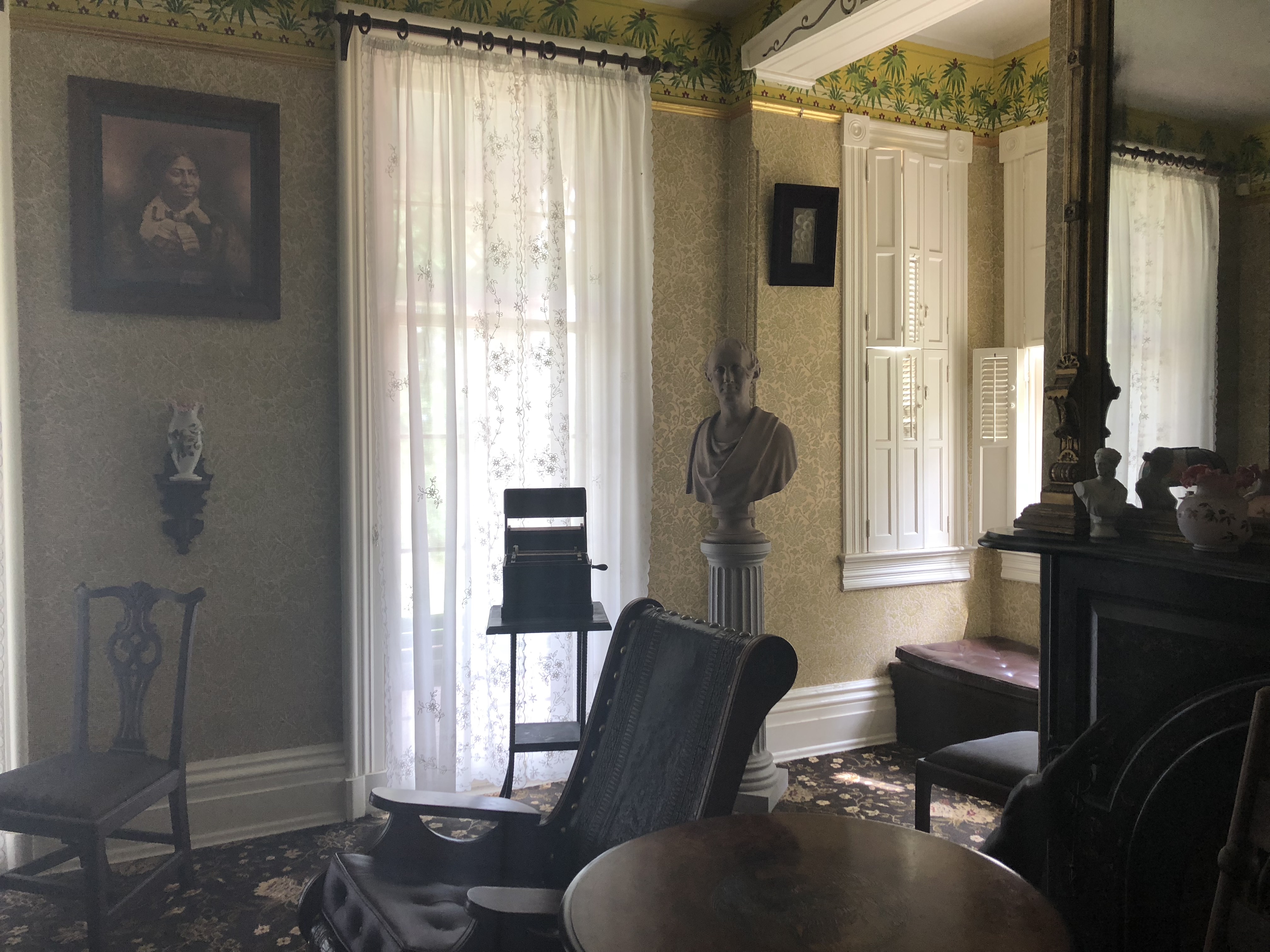


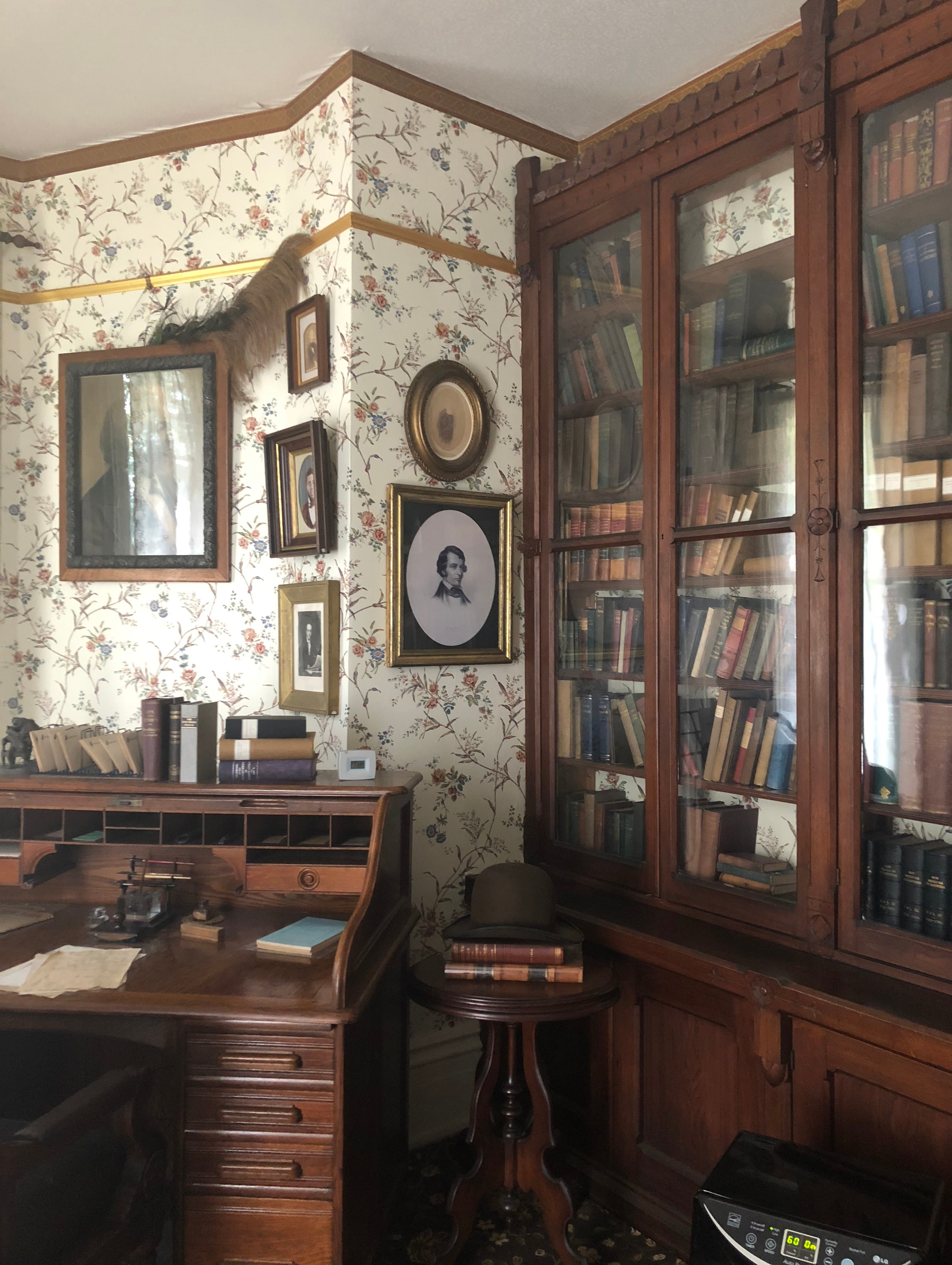


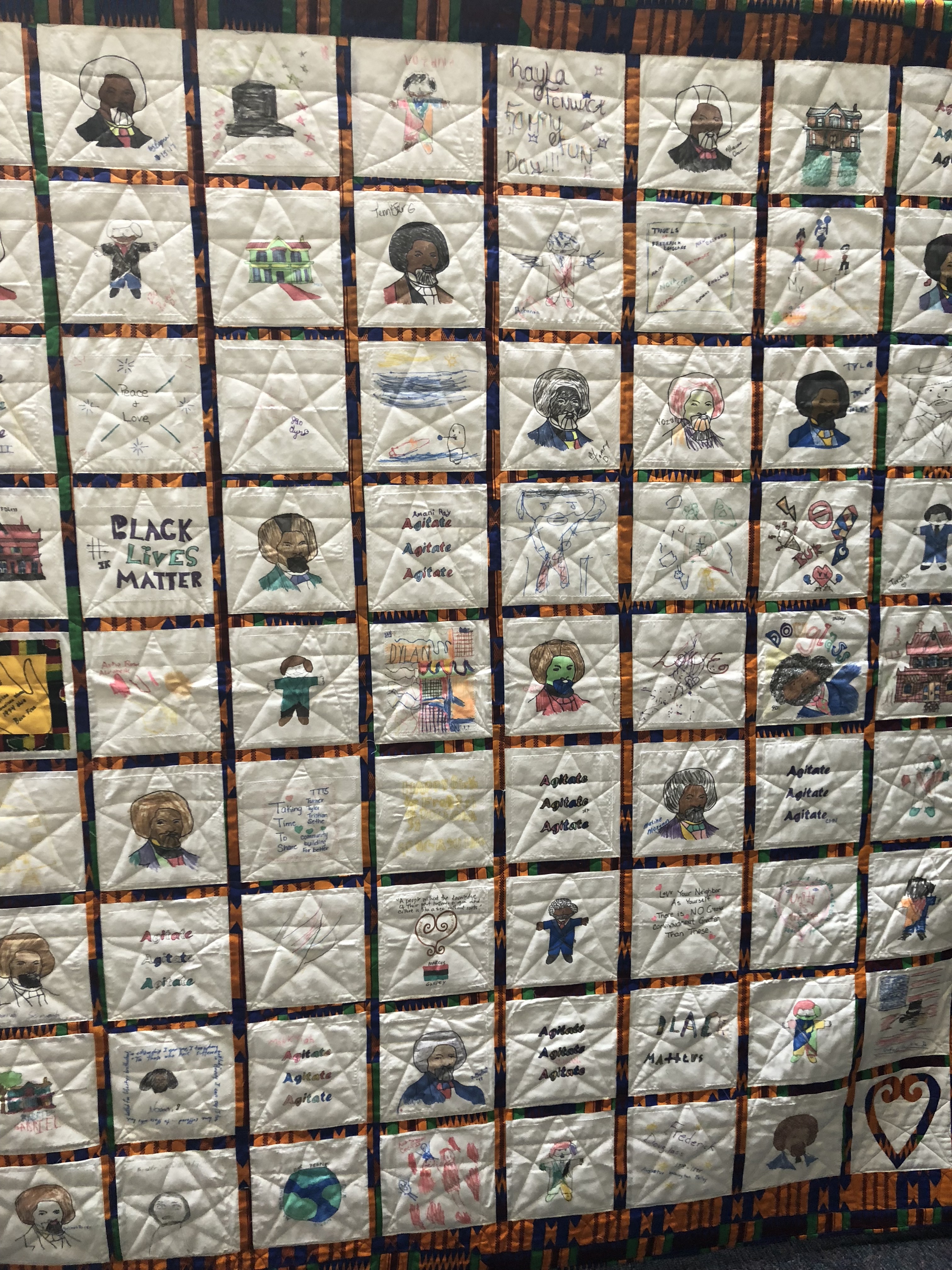
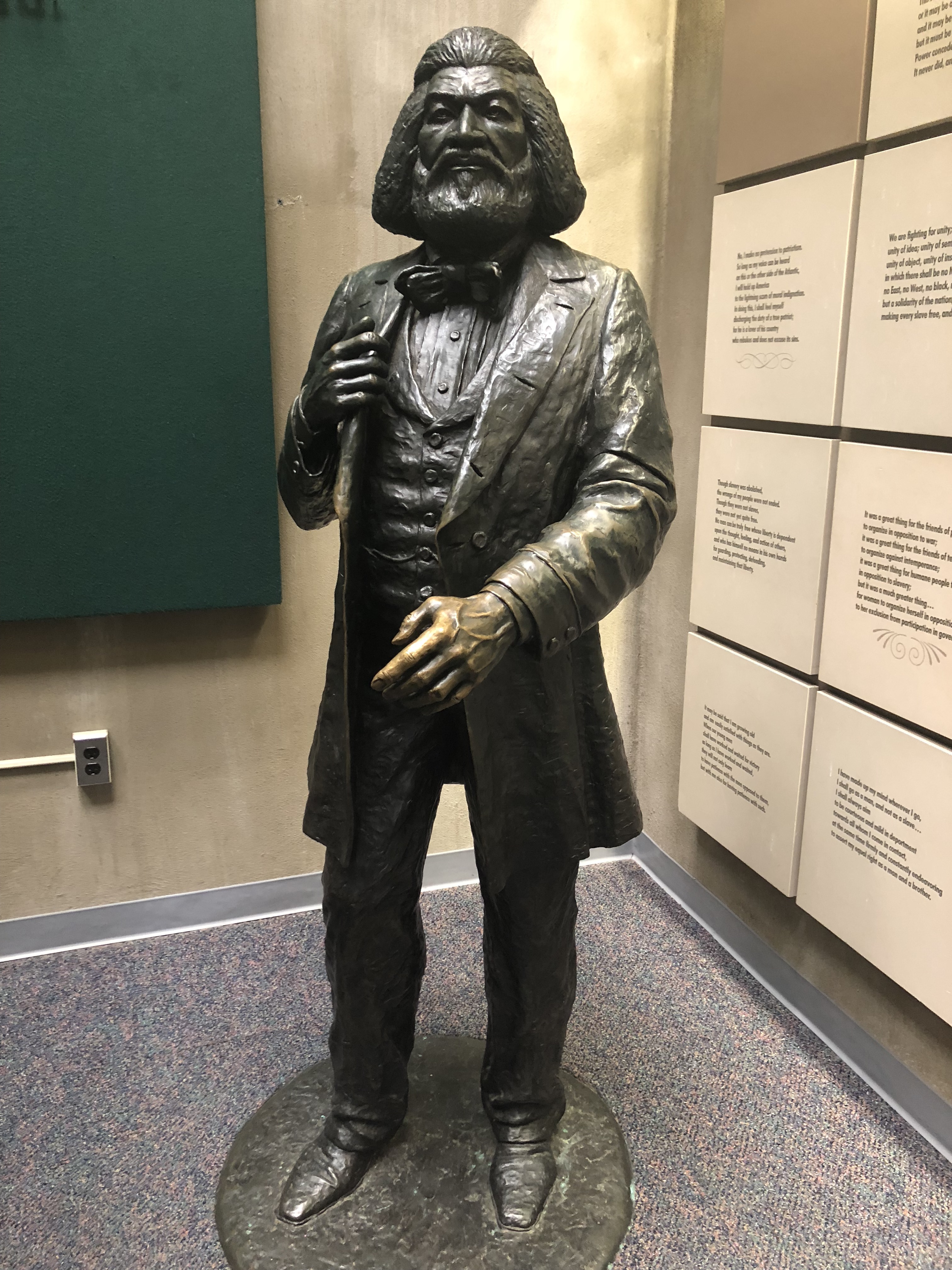

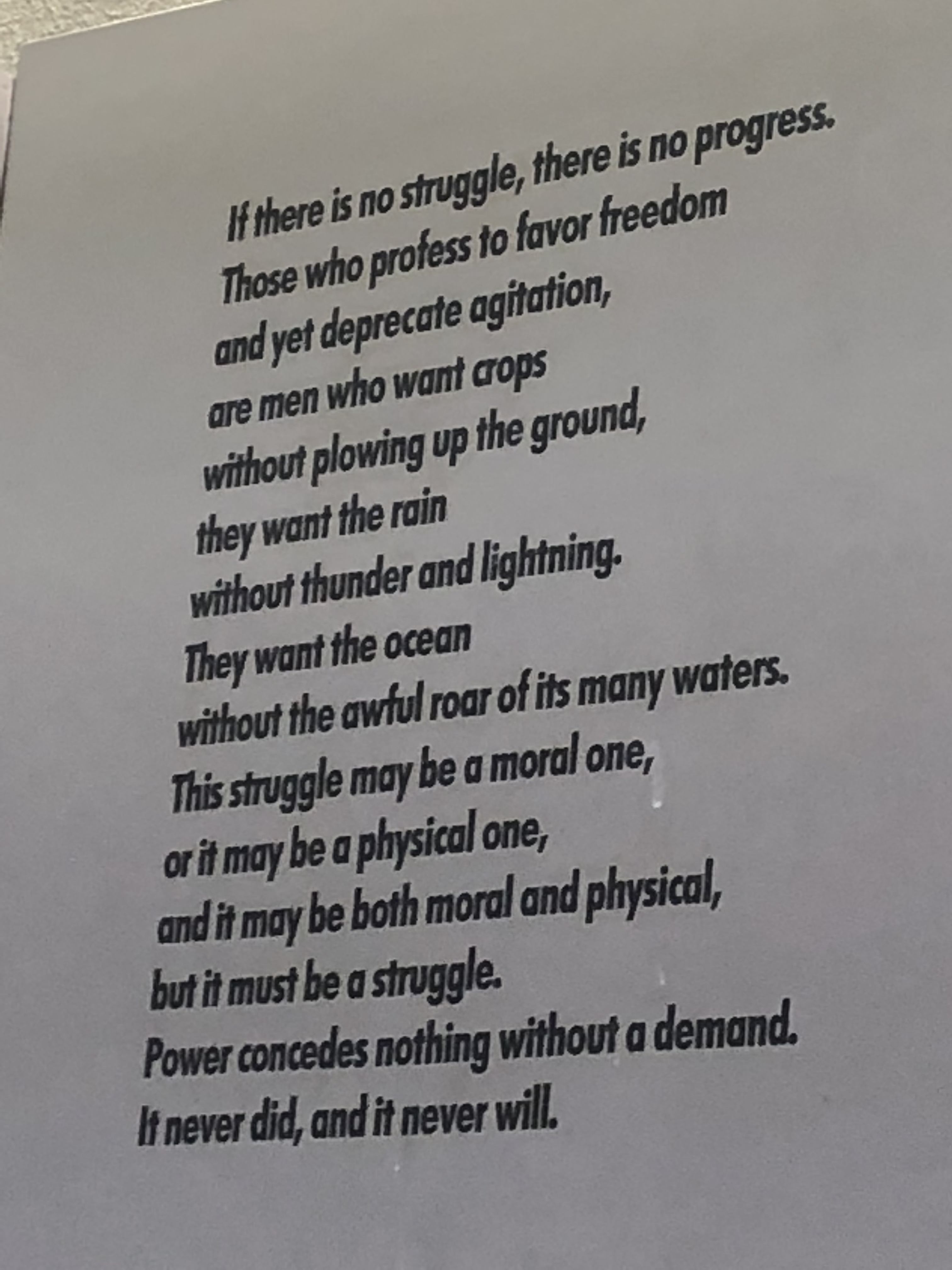
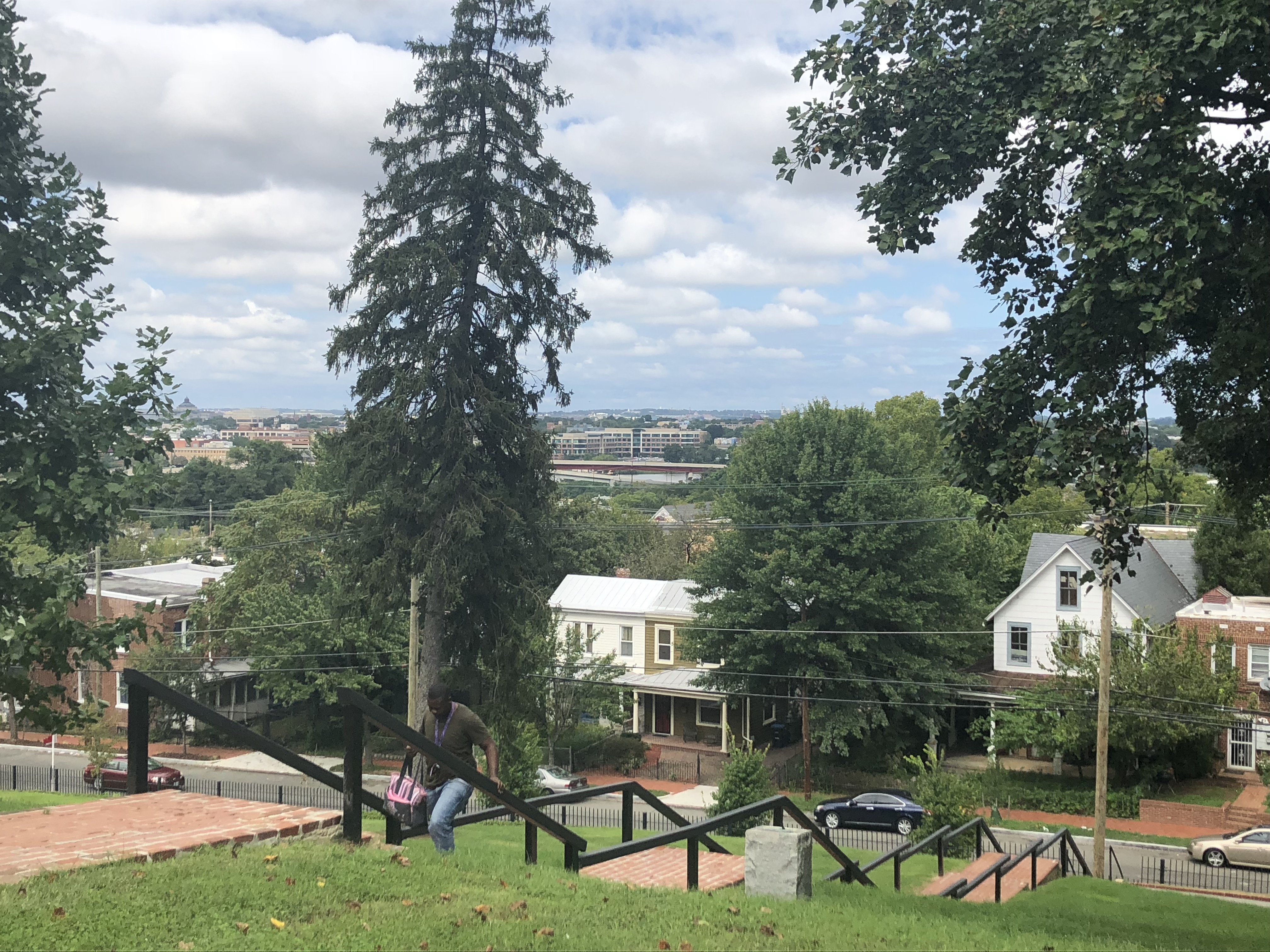
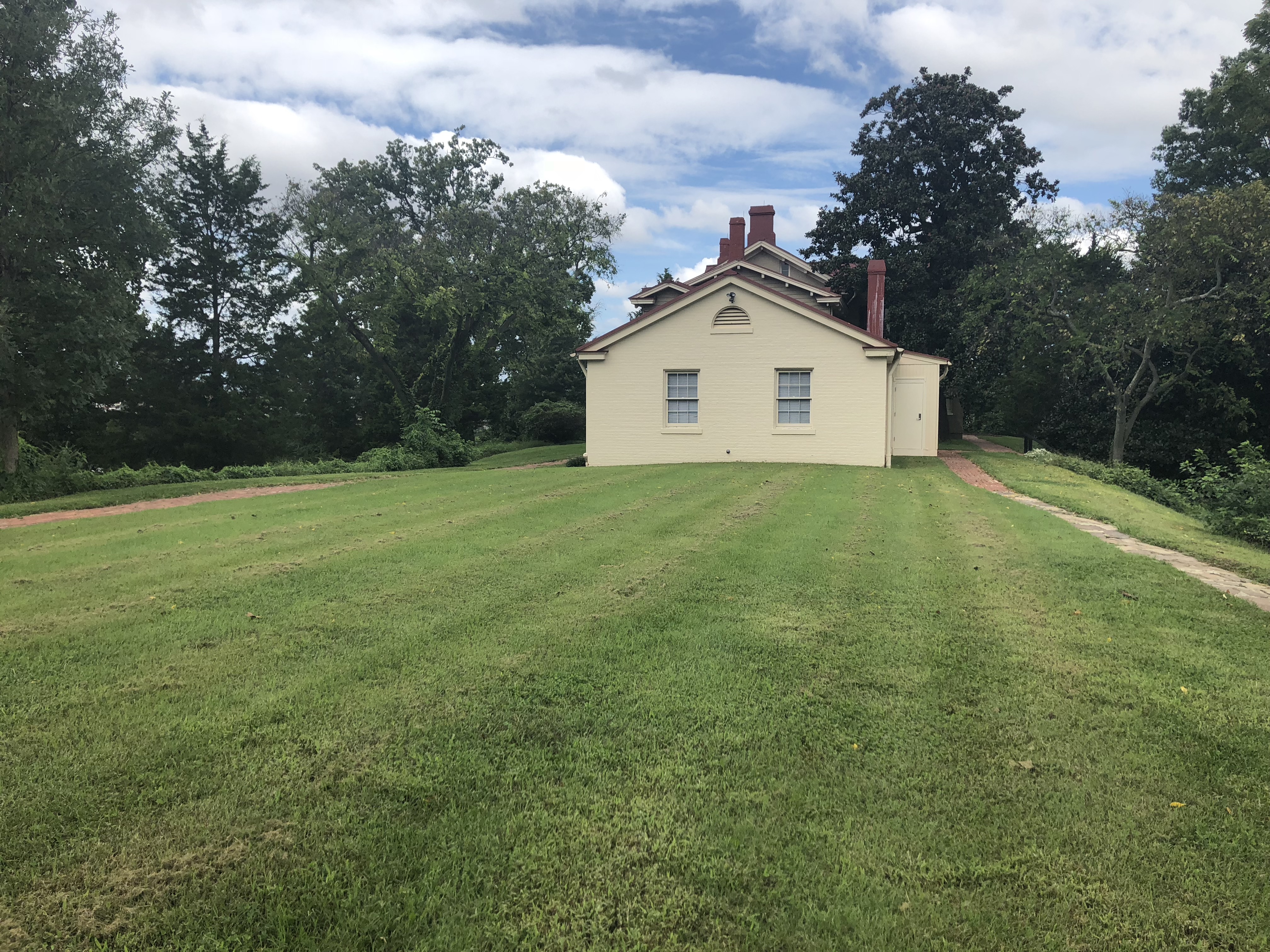
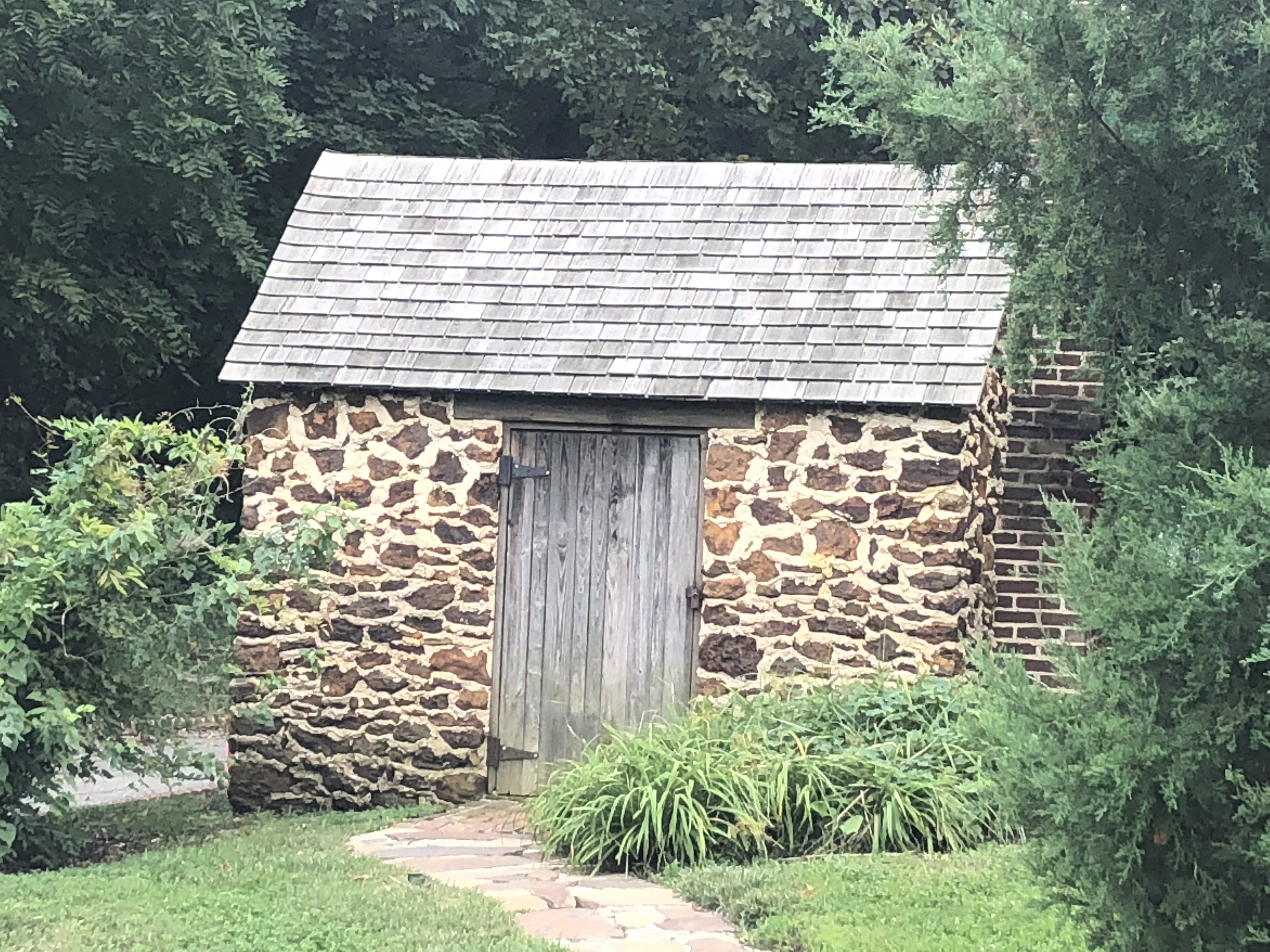
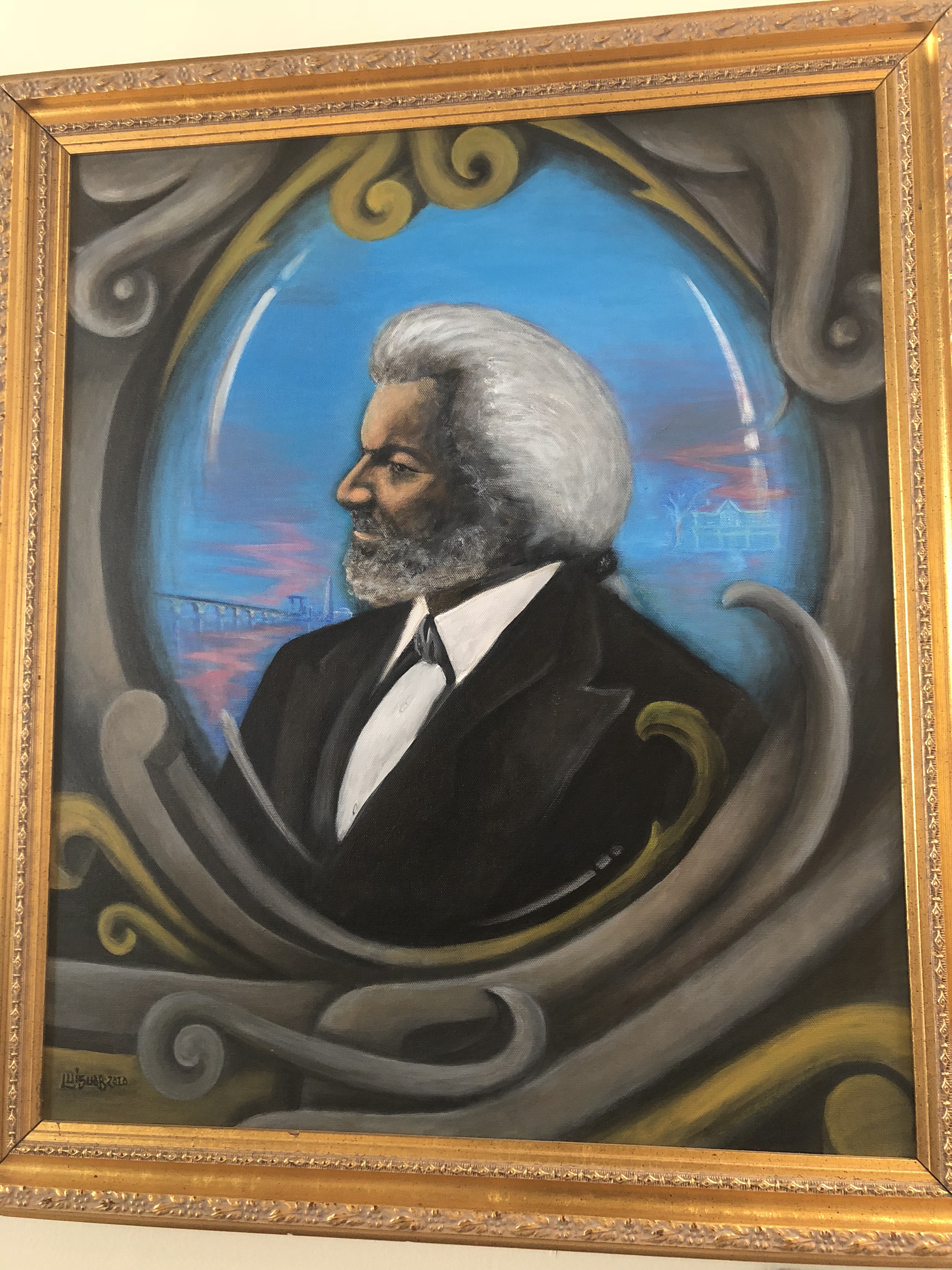
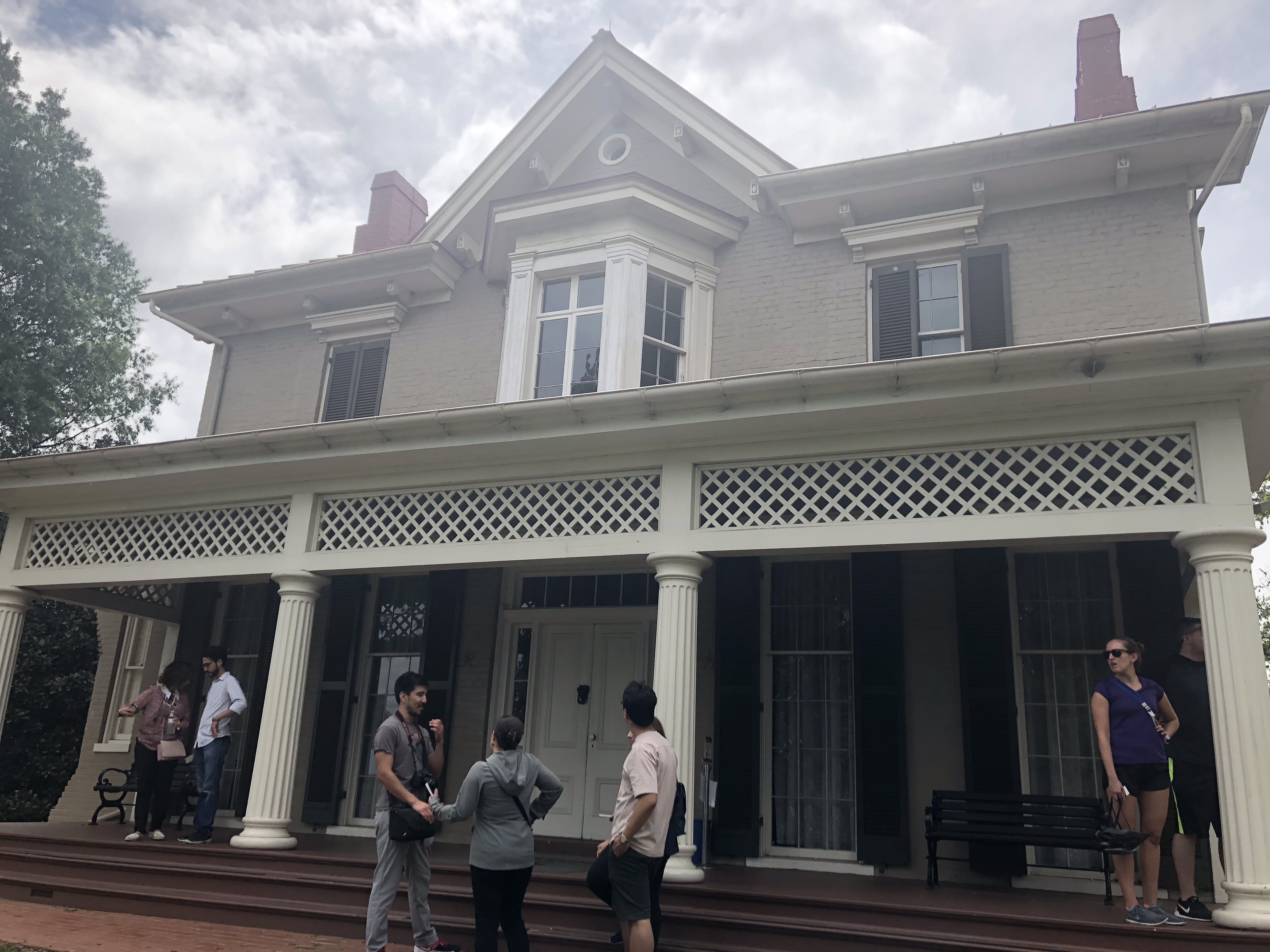
Camera: iPhone 8
Location: Frederick Douglass National Historic Site; Washington, District of Columbia, USA